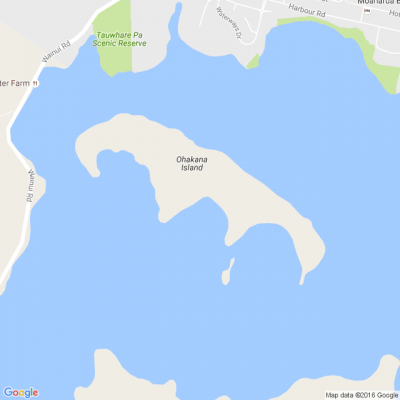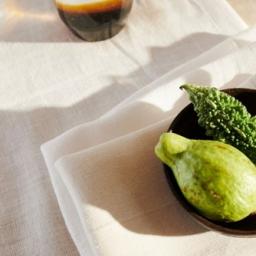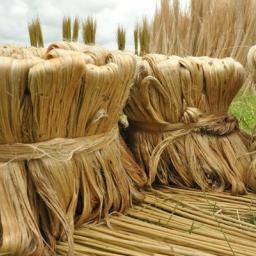Natures Bounty | Bast is Best
Commonly known as ‘soft’ fibres, bast fibres are the fine, flexible fibres obtained from the stems of dicotyledonous plants.
Bast fibres have been used to manufacture ropes, sacks, sails, and other industrial fabrics for hundreds of years. Commonly known as ‘soft’ fibres, bast fibres are the fine, flexible fibres obtained from the stems of dicotyledonous plants. A sustainable choice, bast fibres support regenerative agricultural practices that can help the soil sequester carbon and as a natural resource, are entirely biodegradable. In this article we will investigate four of the most utilised bast fibres: flax, hemp, ramie, and jute.
Between the epidermis (the outermost layer of cells) and the core of the plant’s stems are soft, woody fibre bundles or strands which can be over one metre long. The strands are composed of individual filaments made up of cellulose and hemicellulose cells bonded together by pectin or lignin, a cohesive gum which strengthens the stem of the plant.
During harvest the stems are cut close to the ground and the fibres are separated either through a natural decomposition process called retting (engaging moisture and bacteria to rot away the gummy cellular tissues) or by decortication (peeling the stems manually or mechanically). After retting, the fibres can be mechanically extracted through a process known as scutching.
In contrast to bast fibres, leaf fibres are obtained from the leaves of monocotyledonous plants with parallel-veined leaves, such as grasses, lilies, orchids, and palms. The long, stiff fibres of plants including abaca, cantala, Mauritius hemp, and sisal are generally used to create cordage or ropes, however, due to labour-intensive harvesting processes they are used less frequently than synthetic options.
Flax (Linen): Famously grown across northern France, Belgium, the Netherlands, and Ireland, flax is the most popular and strongest of the bast fibres. Wild flax fibres found in the Upper Palaeolithic layers of a Georgian cave indicate that humans have been crafting cords and weaving flax baskets for over 30,000 years.
Keep reading: www.curtainclean.co.nz...
A riddle to start the festive season 🌲🎁🌟
I'm a fruit. If you take away my first letter, I'm a crime. If you take away my first two letters, I'm an animal. If you take away my first and last letter, I'm a form of music. What am I?
Do you think you know the answer? Simply 'Like' this post if you know the answer and the big reveal will be posted in the comments at 2pm on the day!
Want to stop seeing these in your newsfeed?
Head here and hover on the Following button on the top right of the page (and it will show Unfollow) and then click it. If it is giving you the option to Follow, then you've successfully unfollowed the Riddles page.

Appeal for information following fatal crash: Tāneatua
Police investigating a fatal crash in Tāneatua are seeking further information from members of the public who witnessed the crash, or any movements leading up to the crash, to assist with our enquiries.
Prior to the crash, Police can confirm the red Honda Accord was observed travelling on Reid Road in excess of the speed limit.
A Police vehicle travelling the other direction observed the vehicle at speed, however was unable to locate the vehicle as it travelled towards White Pine Bush Road.
Police believe there were two other vehicles near or on the Pekatahi Bridge at the time of the crash, and we’d like to speak to the occupants of those vehicles to understand what they saw.
Additionally, we’re still seeking information from anybody who saw a red Honda Accord travelling in and around Tāneatua between 5:30pm and 6pm on Tuesday 2 December.
If you have information, please contact Police via 105, either over the phone or online, referencing file number 251202/5566.

Make the holidays easier this year!
We’ve pulled together a few clever Christmas hacks thanks to Ryman resident, Sullen - simple ideas to save time and stress so you can enjoy more of the festive fun.
A few favourites:
- Hang tree lights vertically for an even glow
- Use reusable gift bags for quick, eco-friendly wrapping
- Prep food ahead to keep Christmas Day relaxed
Click read more for the full list of tips.









 Loading…
Loading…








